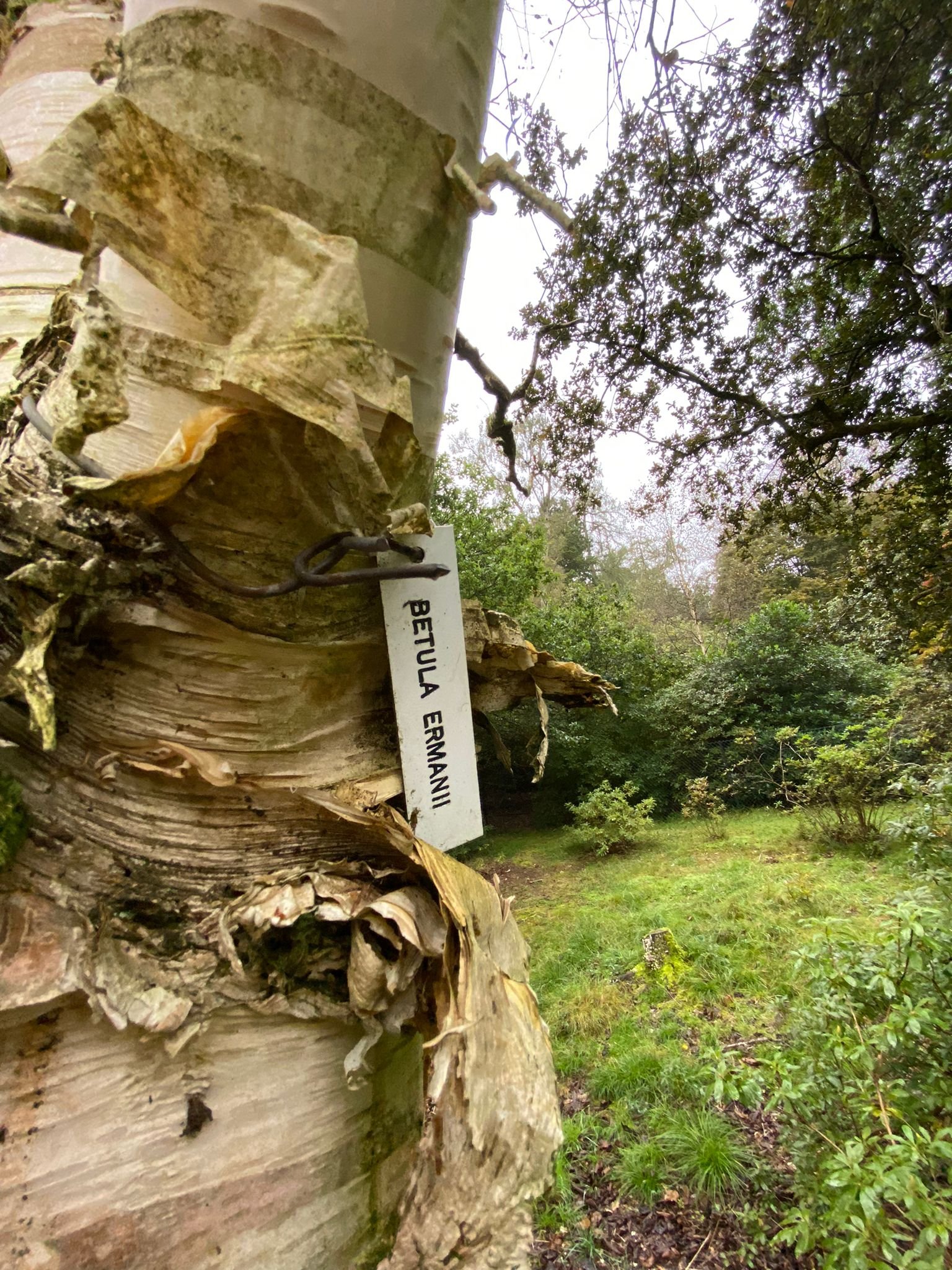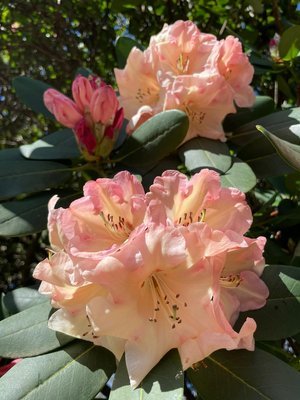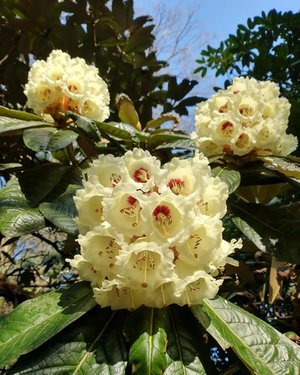Garden News | October
Has another month passed again already? My, how time flies when you’re having fun at Leonardslee! October often tends to mark the proper start of a brand new autumn, one of my favourite seasons in the garden here. After our world-famous spring displays, autumn is probably our next best season for sheer wonder and visual beauty.
The colours start to deepen and get richer and there is also still enough warmth and moisture in the soil for growth to continue for much of the month. It’s a fantastic time for the keen photographer too as the firework display of autumnal foliage starts to put on its annual show. You’ll find the aptly named Maple Walk will be ablaze with colourful acer foliage for instance while the nearby Oak Walk also has some interesting red oaks. You’ll also be able to spot seasonal specimen trees studded throughout the garden walks including Liquidambar styraciflua and Nyssa sylvatica, a personal favourite of mine.
It’s not just the coloured foliage that catches your eye in autumn though. In a good year the berries on our Sorbus trees, flowering dogwoods (Cornus sp.) and holly (Ilex sp.) bushes should persist into October and beyond. Hopefully, they’ll also still be some fruits on our Decaisnea fargesii along Bluebell Bank. Its common names are the Blue Sausage Tree or Dead Man’s Fingers Tree, and once you see it you’ll understand why! It’s also worth checking out a couple of areas to see some fantastic unusual bark. Birch Grove at the bottom of Blue Bank has a variety of birch trees including Betula utilis and Betula nigra, both of which have stunning bark. On the other side of the lakes, Maple Walk has a number of Acer griseum trees and other Snake Bark Maples to enjoy too. And why not have a look at the peeling, multi-coloured bark of our giant Eucalyptus trees on the way down to lakes too. Our conifer collection in the Pinetum provides interest all year round but autumn is the time when the many different coloured and shaped cones start to catch the eye.
This time of year is one of the busiest for the garden team here at Leonardslee.
One key area for our work in the garden during the months ahead focuses on keeping our lawns looking lush and lovely! Although the grass in the garden will continue to grow at a slower rate throughout autumn, it won’t yet be fully dormant. October is therefore a great time to start the autumn turf care regime and this can take many forms. Aerating a lawn is the process of improving compaction and drainage in the soil by making holes in the turf. This will also encourage root growth and improve oxygen content at root level. It can be done with a garden fork on small lawns or with a powered machine on larger areas. Scarifying a lawn involves scratching and scraping away at the surface to remove thatch (a build-up of dead grass and moss that can reduce light and moisture penetration). It can be done with a strong wire rake on small areas or again a powered scarifier machine for larger lawns. Another key autumn turf job includes applying a sandy top dressing to improve soil texture and encourage rooting. This is best done after aeration. Applying an autumn feed high in phosphates, to improve root development, is also a good idea at this time of year. October is also ideal for carrying out any re-seeding or re-turfing of worn areas of lawn while the temperatures are still not too cold and the chance of rain is high.
While I’ve got your attention I want to let you know about some good news we had recently.
The Plant Collections Committee of Plant Heritage has awarded Full National Plant Collection®
status to us for our Loderi and Leonardslee hybrid Rhododendrons. Dubbed ‘glamour Rhododendrons’, the Loderi hybrids are often cited as the most important collection of Rhododendron hybrids in the world.
Leonardslee Lakes & Gardens is the home of the original collection of these amazing plants. Sir Edmund Loder started breeding his collection of Loderi hybrids at Leonardslee in 1901, with the first specimen flowering in 1907. He continued this work until his death in 1920 and subsequent generations then continued his work thereafter. Leonardslee is not only the home of the original collection, but it is also the only location to see these plants in one place. We have spent the last year or so preparing our submission and verifying the plants. We currently have just over 100 plants in the collections and around 40 different named hybrids. We hope to add more to the collection over time by discovering ‘lost’ plants in the garden and sourcing missing specimens to plant anew. We’ll be adding signs and new distinguishing labels to the collection plants and creating a new trail for visitors to discover them for themselves. It’s been quite a lot of work to get the collection verified and approved but also a thoroughly interesting and rewarding experience. Who knows, in time we might even look to add further National Collections too?
So as you can see, there is lots and lots to see and do in the garden here at the moment as the garden enters a new phase again. I look forward to seeing you all here again soon to enjoy everything we have to offer…









